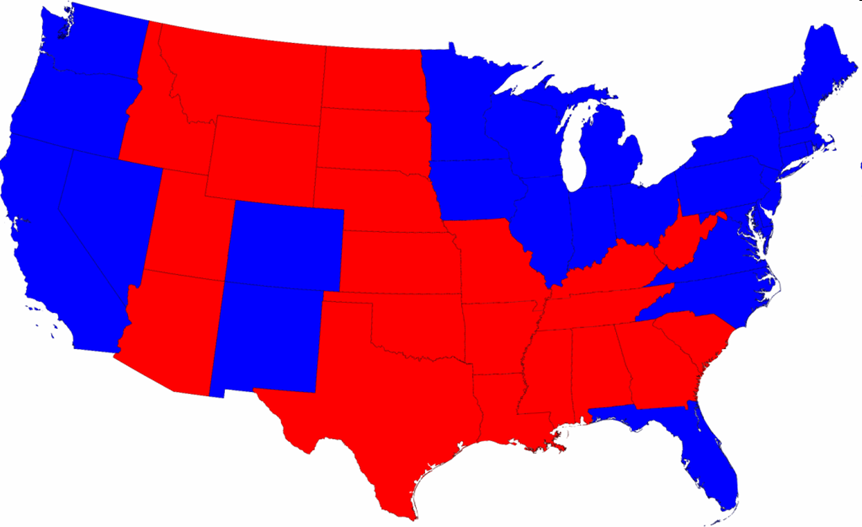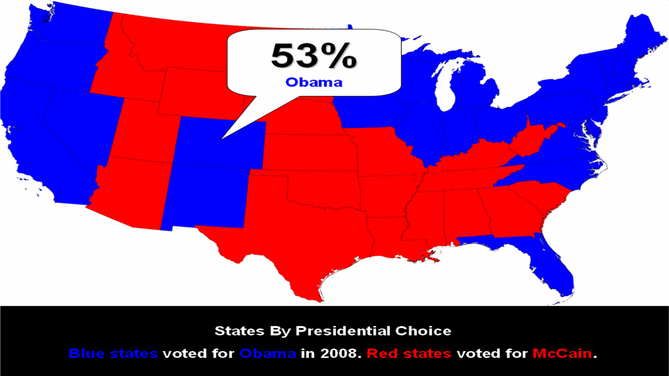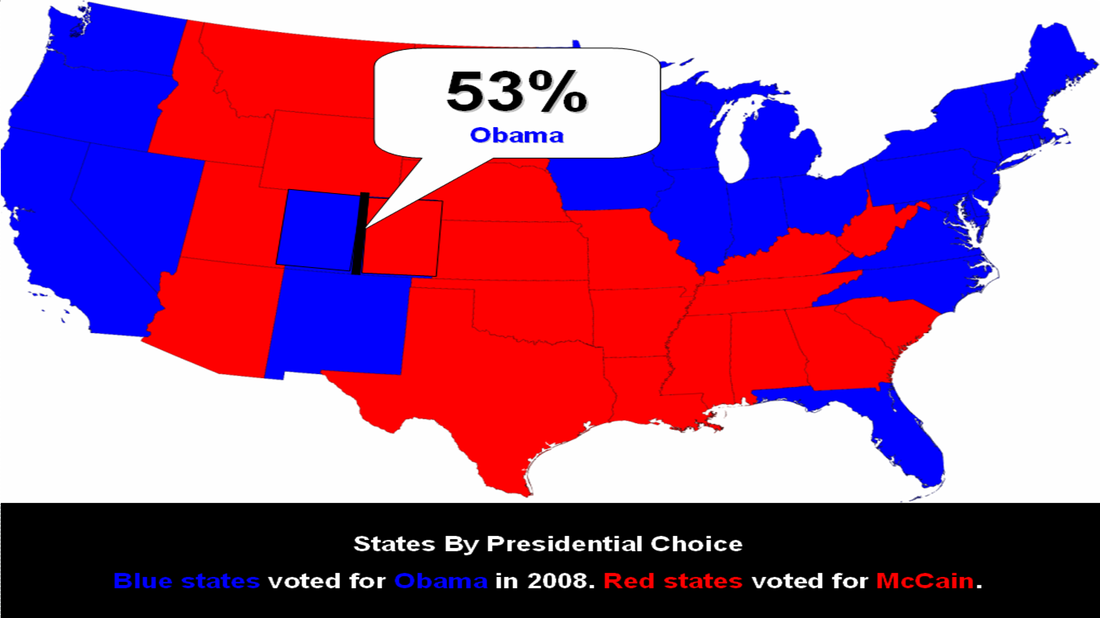The Electoral College:
the endless debate about its usage, history, necessity, and the need to get rid of it!
The Electoral College has roots of deep suspicion in both the power, and danger, in the principle of democracy. Below is an educational journey of sorts through the Electoral College, how it works, its rationale and praise, how it fails, and the pro's and con's of keeping it and ditching it. When reading, you will answer the following essential questions:
- BASELINE KNOWLEDGE: How does the Electoral College "work"? What was the rationale behind its creation?
- BASELINE COMPREHENSION: Can you explain what went wrong in the Elections of 1824 and 2000?
- APPLICATION: Use the phrase "faithless electors" in a sentence to describe one of the problems with the Electoral College.
- ANALYSIS: What is the merit of the Electoral Proportion system as a remedy for the Electoral College?
- ANALYSIS: Currently, for a Republican candidate looking to win in Election 2016, why would they "favor" the "Proportion" system?
- SYNTHESIS: What is one argument to keep the Electoral College? to ditch it?
- EVALUATION: So...keep it, or ditch it? What's your opinion?
- EVALUATION: Based on current data and using predictive skill...who's gonna with Election 2016? The Democrats or the Republicans?
Part 1: Electoral History
Originally written into law in 1787, the Electoral College was established as a "safety net" in case the people voted for a candidate that would be destructive to the Union. If, for example, the American people elected a "Hitler-type" individuals, each state's "electors", the ones who case the deciding state votes for president, could change the vote of the state to someone better fit to lead. They would meet together as a "group of electors" for that specific state, and cast all their votes together for the same, agreed-upon, candidate. Today, there are 538 electors, the same number of Congressmen. If a president needs a slight margin to win, just 51% of the electoral vote, therefore, the "magic number" of electors to win the president is 270 (538 divided by 2 is 269...)
...but how does it work exactly? Look below.
...but how does it work exactly? Look below.
Part 2: Electoral Application
The Electoral College seemed to work just fine until the year 1824. What's wrong with this map? Look at the states of Illinois and New York specifically to find your answer. How did these electors "break the rules" of the Electoral College?

These electors, the ones who don't vote with the majority of the state vote, are called "faithless electors". In examining the map below, the states in red currently have laws that punish these so-called "faithless electors". But look closer: which important states do NOT have a law against "voting faithlessly"? Why is this important, especially when it comes time to decide the president, based on that magic number of 270 electoral votes? These are just some things to consider.
But the worst offense seems to have happened in the Election of 2000...
Candidate Al Gore of the Democratic Party actually had the majority of the popular vote, yet lost to would-be president George W. Bush because he lost the electoral vote.
Part 3: Electoral College "Solutions"
The Electoral Map of Election 2008 looked like this. The blue states voted for Obama, the reds for John McCain. The Election of 2012 was similar, with only the states of Indiana and North Carolina "changing sides" for the Republican Party.
And this is how Colorado voted in 2008:
But wouldn't the following make sense? If Colorado has 9 Electoral Votes, and if 53% of Coloradoans voted for Obama, shouldn't Obama get 5 votes, and McCain get 4 votes?
This is what is called the "Electoral Proportion" change to the Electoral College system. Today, only the states of Nebraska and Maine offer this option...
The second proposed change to the Electoral College system is just to get rid of it completely. If you examine the map below, you see how each state voted in 2012, but more importantly, you can see the states distorted to show their electoral strength! It's a pretty blue country, isn't it? No wonder Obama won so heavily in 2008 and 2012!
The second proposed change to the Electoral College system is just to get rid of it completely. If you examine the map below, you see how each state voted in 2012, but more importantly, you can see the states distorted to show their electoral strength! It's a pretty blue country, isn't it? No wonder Obama won so heavily in 2008 and 2012!
Click on the link below to access Debate.org's rundown of the "pro's and con's" of the Electoral College system.
Debate.Org: The Electoral College
But, there remains a few major arguments on why we need to keep the Electoral College. Read this short opinion piece from the Washington Post found here.
Debate.Org: The Electoral College
But, there remains a few major arguments on why we need to keep the Electoral College. Read this short opinion piece from the Washington Post found here.
Part 4: Predict it!
Even though we don't even know who'll run for president in Election 2016, we can pretty much predict the winner, based on the Electoral "leanings" of the states.
For this activity, you'll access a few sites to start:
Your job is the predict the Election of 2016, based on the stats you find in these links! Have fun!
For this activity, you'll access a few sites to start:
- Click here to access the approval ratings of Obama, by state. This will help you predict which of these states is likely to "stay" Democrat in the next election, and which will "switch".
- Click here to access the latest unemployment numbers. The strength of the economy is a big indicator on how people will vote. Think of it this way: even if you hated the current president, but your personal finances were the best they've been in years...wouldn't you want him and his party to stay in power for your, and your family's, benefit??
- Lastly, click here to access your interactive Election map. You can see how the states voted in Election 2012 and click on the states to see the colors change and see the sliding scale of electoral votes at the bottom. This will help you tally your new electoral votes
- When you're done, click here to access, what NBC News believes to be, the battleground states for Election 2016. These "battleground states" are also known as "swing states" -states that could go either way in the next election. ONLY DO THIS WHEN YOU'RE DONE!!! Did your "flip" states match up with NBC's predictions?
Your job is the predict the Election of 2016, based on the stats you find in these links! Have fun!









